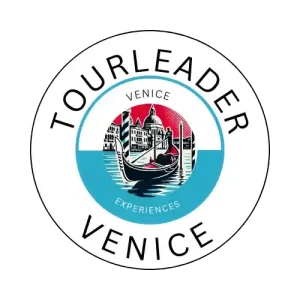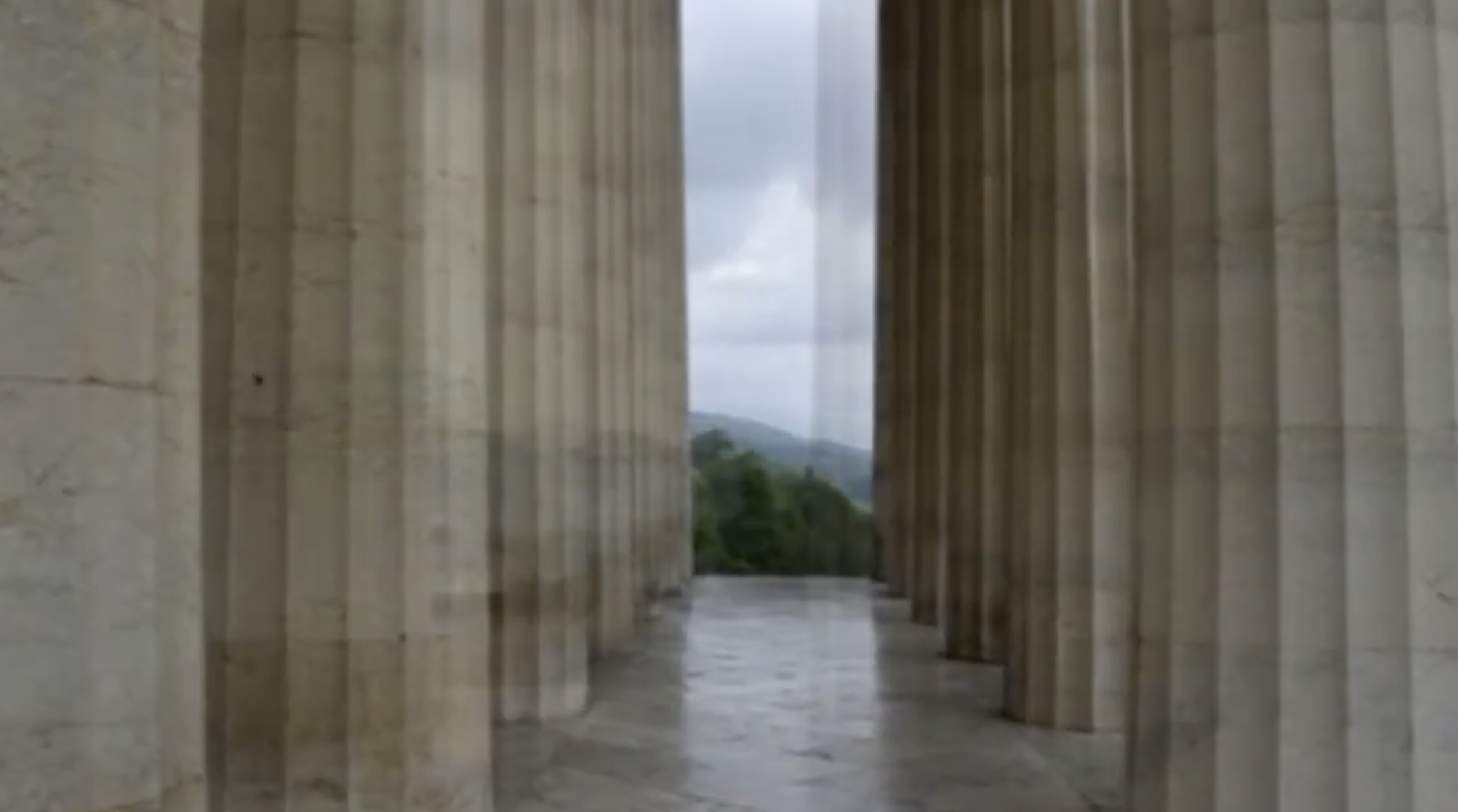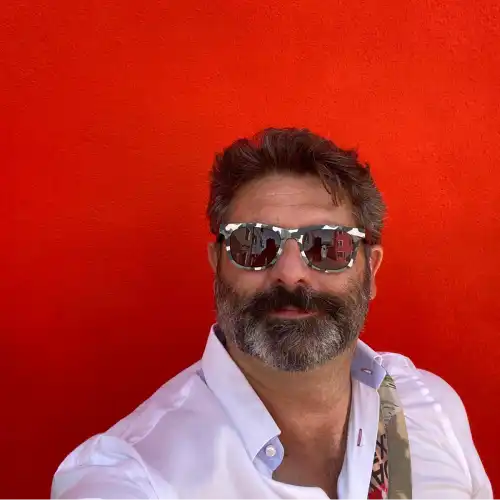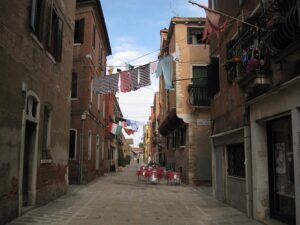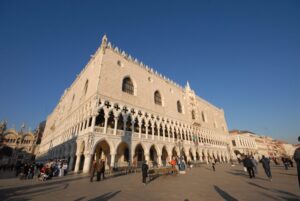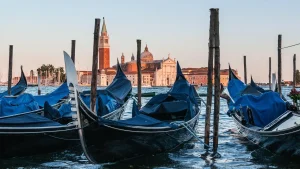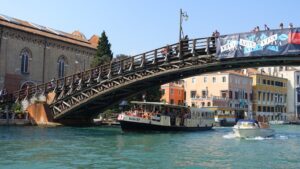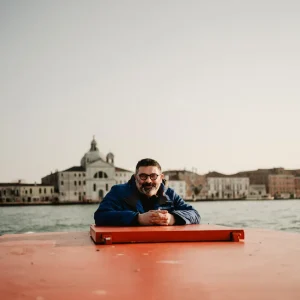🗿 Possagno and Antonio Canova: Discover the Soul of Italy’s Greatest Sculptor
Keywords: Possagno Italy, Antonio Canova, Canova Museum, Gipsoteca Canova, Canova Temple, day trip from Venice, Veneto art and culture
🌿 Marble. Beauty. Legacy.
Just an hour and a half from Venice, in the gentle foothills of the Veneto Prealps, lies a quiet village with an extraordinary secret. Its name is Possagno—and though small, it gave birth to one of Italy’s greatest artists: Antonio Canova.
If you’ve ever stood in awe before Psyche Revived by Cupid’s Kiss at the Louvre or seen the neoclassical grace of George Washington in marble, you’ve already met Canova. But to truly understand him—to feel the pulse of the man who made stone breathe—you need to come here, to the place where it all began.
👨🎨 Who Was Antonio Canova?
Born in 1757 in Possagno, Antonio Canova rose from humble beginnings to become the undisputed master of Neoclassical sculpture. His art captured divine beauty and human emotion with astonishing precision, making him the sculptor of popes, kings, and empresses.
From Venus Victrix to The Three Graces, Canova’s works redefined classical ideals, merging Renaissance harmony with Enlightenment sensibility. Yet despite his fame, he never lost his connection to this small village tucked between vineyards and olive groves. Possagno wasn’t just his birthplace—it was his sanctuary.
He returned here often, leaving behind not only his masterpieces but also his heart. And today, the entire town feels like a living museum dedicated to his genius.
🏛️ What to See in Possagno
1. Gipsoteca Canova — The Plaster Cast Museum
Your journey begins at the Gipsoteca Canova, a radiant gallery attached to Canova’s childhood home. Sunlight filters through skylights onto rows of white plaster models—the first versions of his marble masterpieces, molded by the artist’s own hands.
Here you’ll see the original casts of:
- The Three Graces
- Venus Italica
- Hercules and Lichas
- Pauline Bonaparte as Venus Victrix
- George Washington (destroyed in 1831, but preserved here in plaster)
Each cast bears Canova’s fingerprints, guide marks, and subtle imperfections—a rare, intimate glimpse into the artist’s creative process. It’s like stepping into his studio 200 years ago, just as he left it.
Travel Tip: Book a guided visit in English through Tour Leader Venice. Our art historians reveal fascinating details about Canova’s techniques, from his chalk transfer systems to the hidden iron pins that shaped his sculptures’ flawless proportions.
2. Canova’s Birth House
Attached to the Gipsoteca is Casa Canova, the simple stone home where the artist was born. Inside, rooms are preserved with 18th-century furnishings, sketches, and family keepsakes that tell the story of a boy who carved his first marble lion at age eleven. It’s a humbling contrast to the grandeur of his fame—and a touching reminder of his humanity.
3. The Temple of Canova — His Final Masterpiece
High above the village, framed by cypress trees and mountains, stands the Temple of Canova—a dazzling neoclassical sanctuary designed, funded, and overseen by Canova himself. Inspired by the Pantheon in Rome and ancient Greek temples, it symbolizes both his artistic vision and spiritual devotion.
He didn’t live to see it finished. The temple was completed after his death in 1822 and today serves as his final resting place, beneath a marble slab of his own design.
Standing here, with the Veneto plains stretching endlessly below, you feel his presence. The symmetry, the serenity, the timelessness—it’s Canova, immortalized in stone.
🎨 Why Possagno Is Worth the Journey
Possagno is not just a destination; it’s an experience of stillness, art, and reflection. Unlike the crowded museums of Florence or Rome, here you can walk alone among Canova’s works, surrounded by light, silence, and nature.
It’s an encounter that feels personal—almost sacred. You’re not just looking at art; you’re standing inside an artist’s soul.
Every corner of Possagno whispers his legacy, from the white marble dust in the air to the echoes of chisels that once rang across the hills.
🍷 Combine Possagno with Other Hidden Gems
Possagno makes a perfect half- or full-day trip, especially when combined with other Veneto treasures nearby. Here’s a suggested itinerary for art lovers and explorers alike:
- ✅ Morning: Drive from Venice to Possagno
- 🎨 Visit the Gipsoteca and Canova’s Temple
- 🍝 Lunch in Asolo, the “Pearl of Veneto,” known for wine, villas, and romance
- 🍇 Afternoon: Enjoy a prosecco tasting in the Prosecco Hills or explore Bassano del Grappa
- 🌅 Return to Venice before dinner
Want a seamless experience? We offer private day trips outside Venice with licensed guides, luxury transfers, and flexible itineraries that blend art, history, and gastronomy.
💡 Did You Know?
- Canova never married—his life was fully devoted to art and sculpture.
- He served as the Inspector-General of Antiquities and Fine Arts for the Pope, restoring ancient Roman treasures.
- Thomas Jefferson owned engravings of Canova’s works and admired his neoclassical style.
- His George Washington statue was lost in a fire in 1831—but the plaster original survives here in Possagno.
📅 When to Visit Possagno
- 🌸 Spring (April–June): Ideal weather, wildflowers, and quiet roads.
- ☀️ Summer (July–September): Combine with nearby Prosecco or mountain escapes.
- 🍂 Autumn (October–November): Soft light, wine harvest, perfect for photography.
- 🎄 Winter (December–February): Peaceful, atmospheric, and intimate—especially with snow on the temple steps.
🗝️ Final Thoughts: In Marble, We Trust
In a world of speed and screens, Possagno invites you to slow down—to breathe, to look, and to feel. It’s a journey not just through art history, but through the timeless ideals of beauty and balance that Canova devoted his life to.
Here, marble becomes emotion. Silence becomes language. And for a moment, you understand why Canova believed that true art isn’t made—it’s revealed.
✨ Book Your Canova Experience
At Tour Leader Venice, we create tailor-made tours for travelers seeking more than sightseeing—those who want to connect with Italy’s living heritage.
Our Walled Towns and Palladio Tour and Prosecco Hills Experience can easily include Possagno as a highlight, with:
- 🚐 Private driver and licensed English-speaking guide
- 🎟️ Entry to the Gipsoteca and Temple of Canova
- 🍷 Optional lunch or wine tasting in Asolo or Valdobbiadene
- 📸 Scenic photo stops across the hills
📩 Contact: info@tourleadervenice.com
📱 Instagram: @tourleadervenice
🌐 Website: tourleadervenice.com
Because in Possagno, beauty isn’t just seen—it’s sculpted into eternity.
Possagno and Antonio Canova — FAQs
How far is Possagno from Venice, and can it be done as a day trip?
Yes — Possagno is only about 90 minutes from Venice, making it a perfect art-filled escape from the lagoon. With our Walled Towns and Palladio Tour or a custom private day trip outside Venice, you can visit the Gipsoteca Canova, Canova’s Temple, and even stop in Asolo or the Prosecco Hills for lunch and wine tasting before returning to Venice in the evening.
What are the must-see sites related to Antonio Canova in Possagno?
Don’t miss the Gipsoteca Canova — home to the original plaster casts of The Three Graces, Venus Italica, and George Washington. Continue to Casa Canova, his birthplace museum, and finish at the magnificent Temple of Canova, the artist’s final masterpiece and resting place. You can pair the visit with nearby cultural gems like Bassano del Grappa or the Prosecco Hills for a complete Veneto experience.
When is the best time to visit Possagno and the Canova Museum?
Possagno is enchanting year-round, but spring and autumn offer the most pleasant weather and soft light for photography. Summer is perfect for combining your visit with a Prosecco Hills tasting tour or a scenic stop in Asolo. If you prefer a quiet, atmospheric moment, winter brings a rare serenity to the Temple of Canova, especially when dusted with snow.
